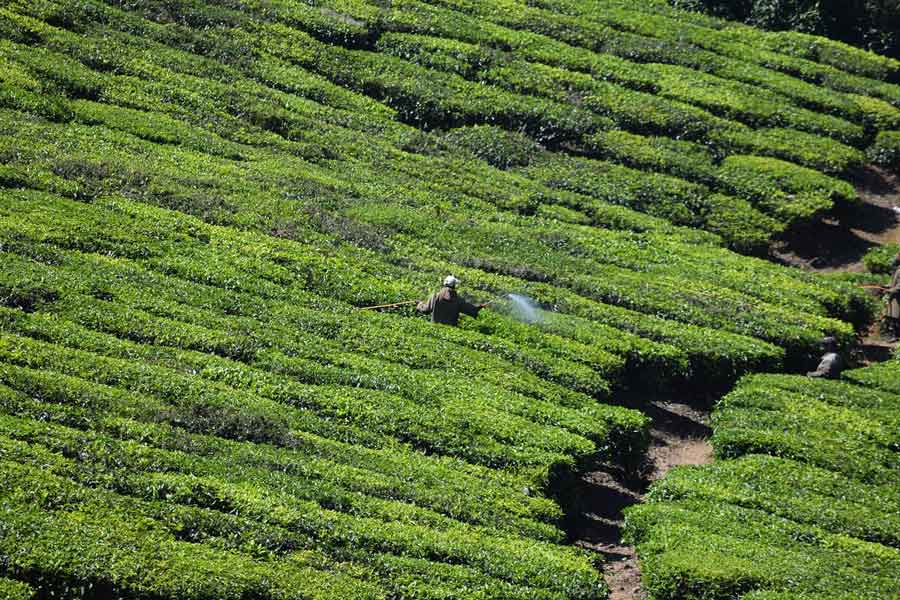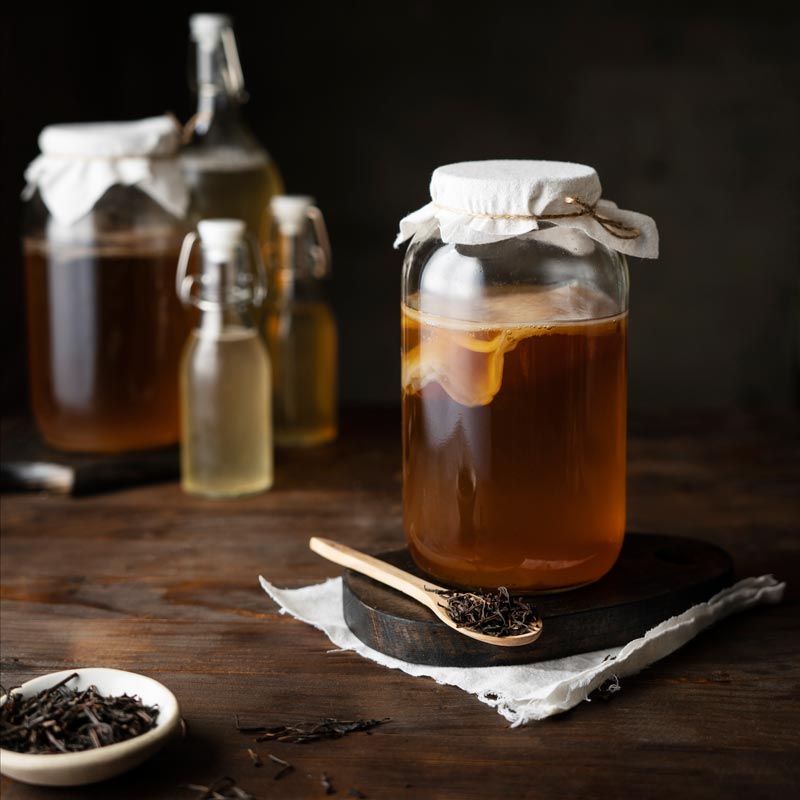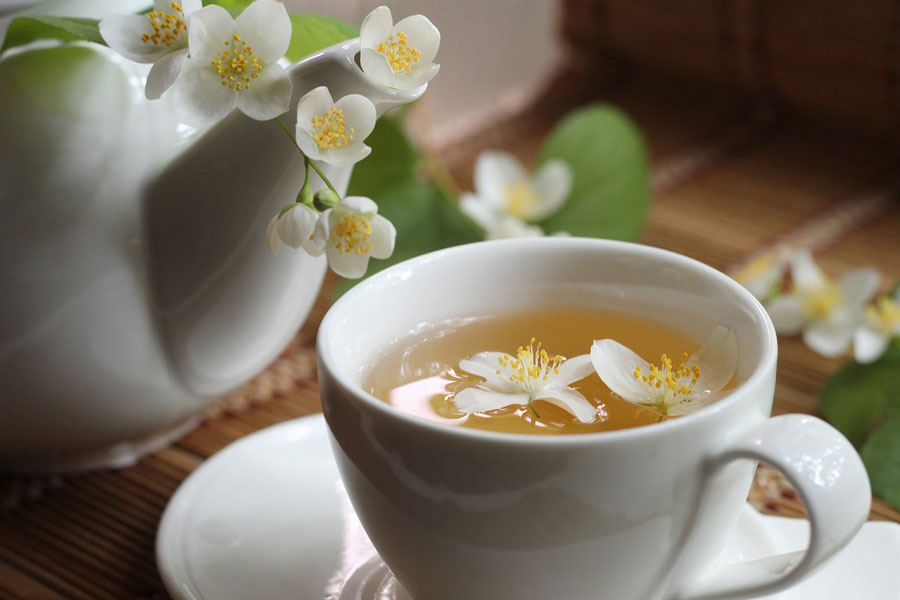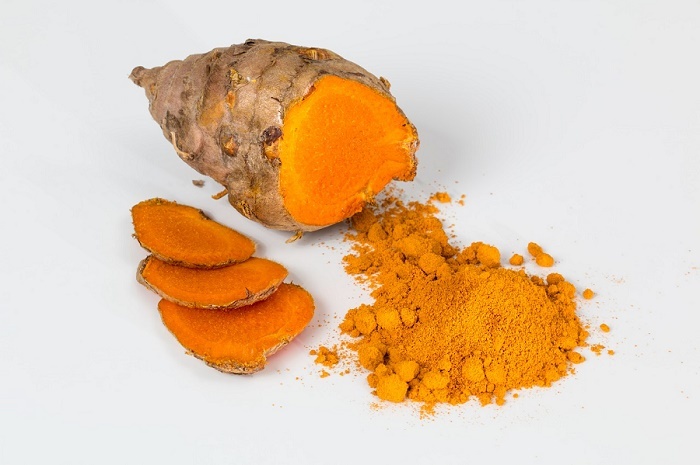The tea we are accustomed to drinking are mostly blends. There are some well-adjusted flavorings that blends have to offer, the precise reason why most renowned tea brands choose blends as their ultimate choice. Blended teas are a good combination, in appropriate proportion, of teas which can either be from different geographical regions within the same country or from different countries altogether. The quality of tea may vary due to different climatic or environmental conditions which cannot be ascertained to remain the same. In situations like these, the consistency in quality may be compromised; a risk that established tea brands shy away from and quite reasonably so. The blending of different teas balances this inconsistency in the leaves, as in a proper blend, a slight variation in quality is barely noticeable. Blends done by different companies have different flavors and under all circumstances, they stick to those blends, which is what gives the brand its unique recognition. For example, the blacks from Assam have a rich, malty flavor whilst that of China are more subtle and sweet. A perfect and well-balanced blend of the two can give the tea the best of both the flavorings. As I said, blends give the companies their own uniqueness.
However, the golden-brownish infusion is said to carry in it the aroma of the earth it comes from. The leaves that are plucked from the same region, or more specifically from the same estate carries its own distinct flavor of origin. Hence the new obsession with terroir. As people became more and more experimenting, the popularity of single estate tea has taken a new leap. Single estate teas or teas coming from the same estate are an aberration from the general notion of tea blends, albeit in a good way. Even the flavors of tea from two neighboring estates may significantly vary, based on the treatment the leaves are subjected to. Hence, tea from one estate carries its own label just as it carries its own flavor, for most single estate teas are named after the estate it is produced in. This is quite a variation from the blends and though its production could be limited by perfect climatic conditions, the purity of flavor might just be something that we are looking for, allowing us to enjoy the unmixed flavors of a specific region.
There are number of independent tea estates coming up in various regions of Assam and in the northeastern parts of India. Of course, single estate tea cannot be interchangeable used with organic tea, which too are produced in independent estates. But not all single estate teas are organic. The sale of single estate tea gained a significant visibility in India during the last year as the newer generation is more bent towards exploring new flavors in tea.
Assam tea with its malty and strong flavorings are eminent as they are; a fresh batch of leaves produced in one single estate of Assam will undoubtedly carry with it the aura of the region, something that will immediately remind one, sitting away from their homeland of Assam, of home. A good understanding of blended and single estate tea can ensure tea lovers a more specific choice of their preferred flavors, both carrying with it its multitude of advantages.
(Visit our collection of single source tea products)






